May 17, 2013
Friday
Growth measurements:
Acid - 6cm, 4 cm, 2.5 cm, 3 cm, 3 cm
Neutral - 6 cm,. 6 cm, 6.5 cm, 4 cm, 4.3 cm
Basic - died
It has been found that the plants like the neutral and acidic water better than the basic. To verify this, we are concentrating on the basic experiment. We will retry the basic experiment by replanting kohlrabi and using a pH buffer 9 on half of the plants and soap on the other half. The reason the basic plants died may have been from a chemical in the soap and not the pH level of the soil.
June 11, 2013
Tuesday
The kohlrabi that was treated with soap has died again, and the pH buffer 9 plants are healthy. This proves that the soap must have a chemical in it that kills the plants and it is not the basic level of the soil at all.
June 11, 2013
Tuesday
The kohlrabi that was treated with soap has died again, and the pH buffer 9 plants are healthy. This proves that the soap must have a chemical in it that kills the plants and it is not the basic level of the soil at all.








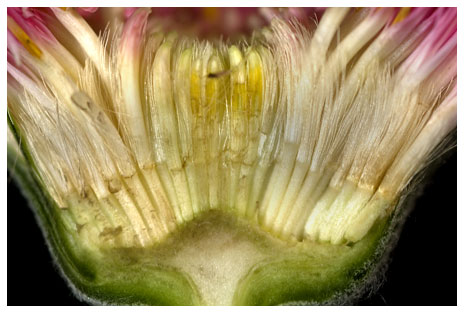
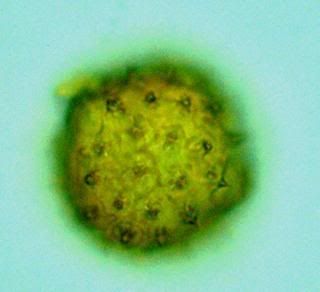
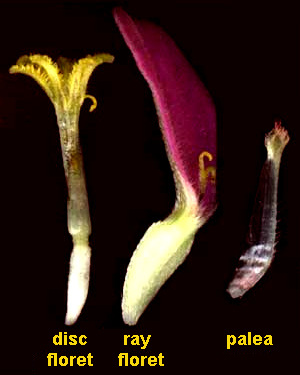


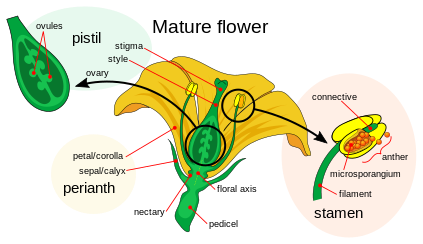
 Male Catkin
Male Catkin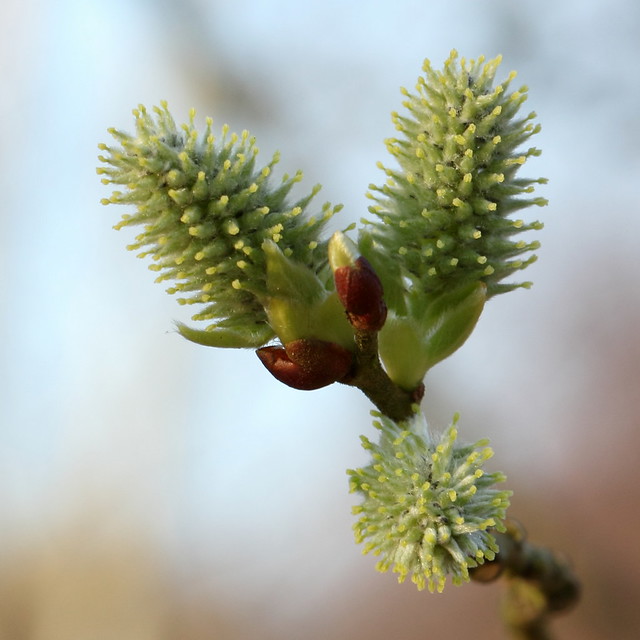 Female Catkin
Female Catkin






